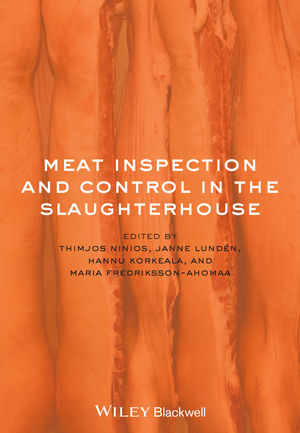Can Organic Fuel Alternatives End the Oil Age?
There is no shortage of high-voltage issues confronting the meat and poultry industry, whose business programs have been derailed by a range of predictable and unpredictable challenges. Look no further than the fallout from recent immigration raids at meat processing plants, particularly those operated by Swift & Company, the world’s second largest beef and pork processor. Then there is the ongoing tug-o-war between exporting and importing nations brought on by animal-health issues, particularly bovine spongiform encephalopathy and avian influenza.
These are critical issues, to be sure. But there is another issue that has needed attention long before animal health situations and immigration reform heated up. It has to do with the environment and the part agriculture plays in pollution problems and the world’s ability to offset its reliance on petroleum. Climate pattern changes are escalating, turning attention to what that means for Mother Earth in the grand scheme of things. That is but one part of the environment equation, for the world’s long-term goal must also focus on renewable, pollution-free energy.
Fossil fuel is a non-renewable resource. That is the bad news. Is the world ready for the inevitable depletion of fossil fuel reserves? The American agriculture business sector seems to be getting serious about finding and developing alternative fuel sources. That is good news. So what is the rub? The answer comes from a question. How serious is the industry about alternative fuel development and how realistic is its development as a viable alternative?
Biomass-energy is deemed a renewable alternative fuel source. Organic matter, such as agricultural food and feed crop residues, aquatic plants, wood and wood residues, animal wastes and other organic waste including the aerobic and anaerobic break-down product of any organic matter and waste streams, is a biomass source.
The amount of energy derived from such renewable sources in agriculture is poised to increase with the improvement of the relative economics of alternatives on government and industry drawing boards.
Tyson Foods, for one, announced late last year its intent to convert animal fat into fuel. Tyson reportedly produces 2.3 billion pounds of animal fat a year. The company also is considering ways to turn poultry litter into fuel.
The lion’s share of oil consumed in the United States is for vehicular fuel. Experts say ethanol made from corn is the only known biofuel available that can replace petroleum as a transportation fuel.
The estimated cost of producing a gallon of ethanol using organic material remains too high in terms of economic viability. However, based on data from the National Renewable Energy Laboratory, the cost per gallon decreases with the use of improved enzymes in the process.
This is all well and good. At the end of the day, the solution for fuel alternatives to lessen the reliance on petroleum will be based on cost with the ultimate fix-it equation involving a combination of factors including engineering, scientific research and economics.
Meanwhile, the best source of energy is conservation. Waste not, want not. To this end, we must efficiently transmit and apply the energy we now have.



Report Abusive Comment